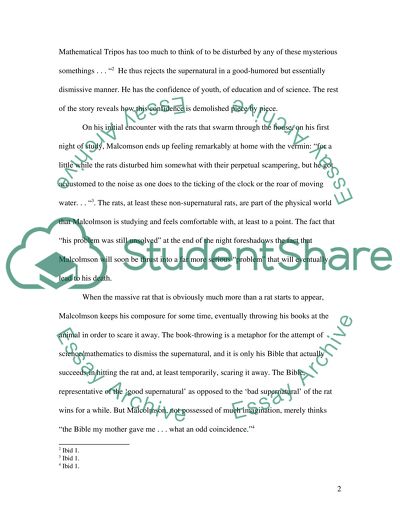Cite this document
(“U.K. GCSE Coursework- 19th Ghost Stories Essay Example | Topics and Well Written Essays - 1250 words”, n.d.)
Retrieved from https://studentshare.org/miscellaneous/1536311-uk-gcse-coursework-19th-ghost-stories
Retrieved from https://studentshare.org/miscellaneous/1536311-uk-gcse-coursework-19th-ghost-stories
(U.K. GCSE Coursework- 19th Ghost Stories Essay Example | Topics and Well Written Essays - 1250 Words)
https://studentshare.org/miscellaneous/1536311-uk-gcse-coursework-19th-ghost-stories.
https://studentshare.org/miscellaneous/1536311-uk-gcse-coursework-19th-ghost-stories.
“U.K. GCSE Coursework- 19th Ghost Stories Essay Example | Topics and Well Written Essays - 1250 Words”, n.d. https://studentshare.org/miscellaneous/1536311-uk-gcse-coursework-19th-ghost-stories.


